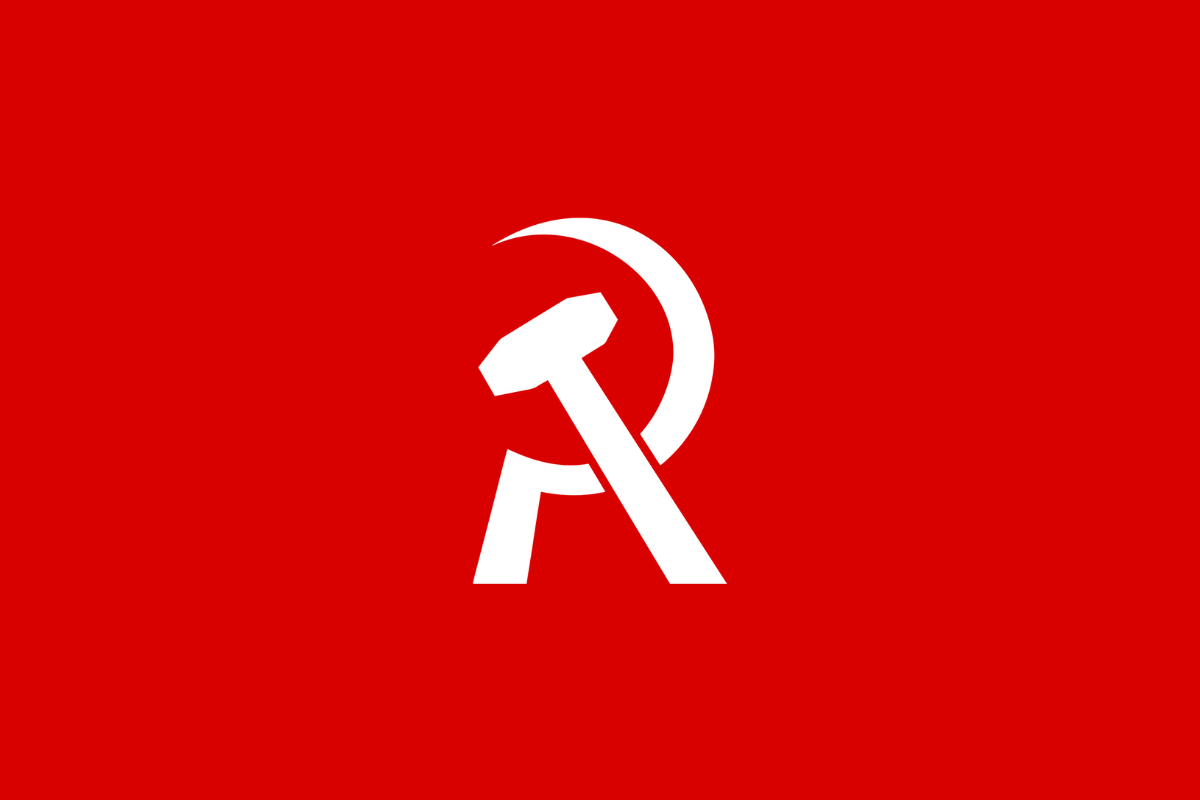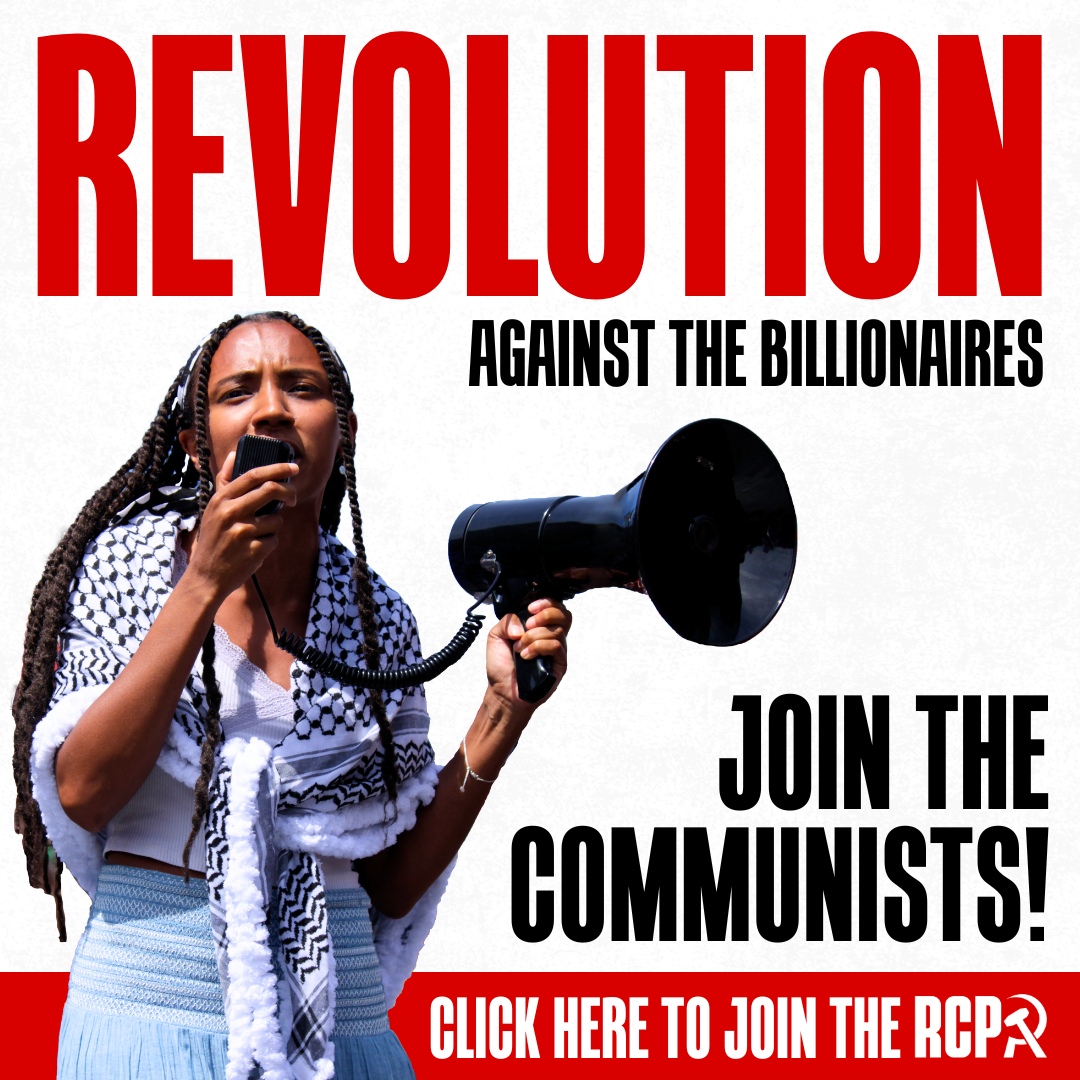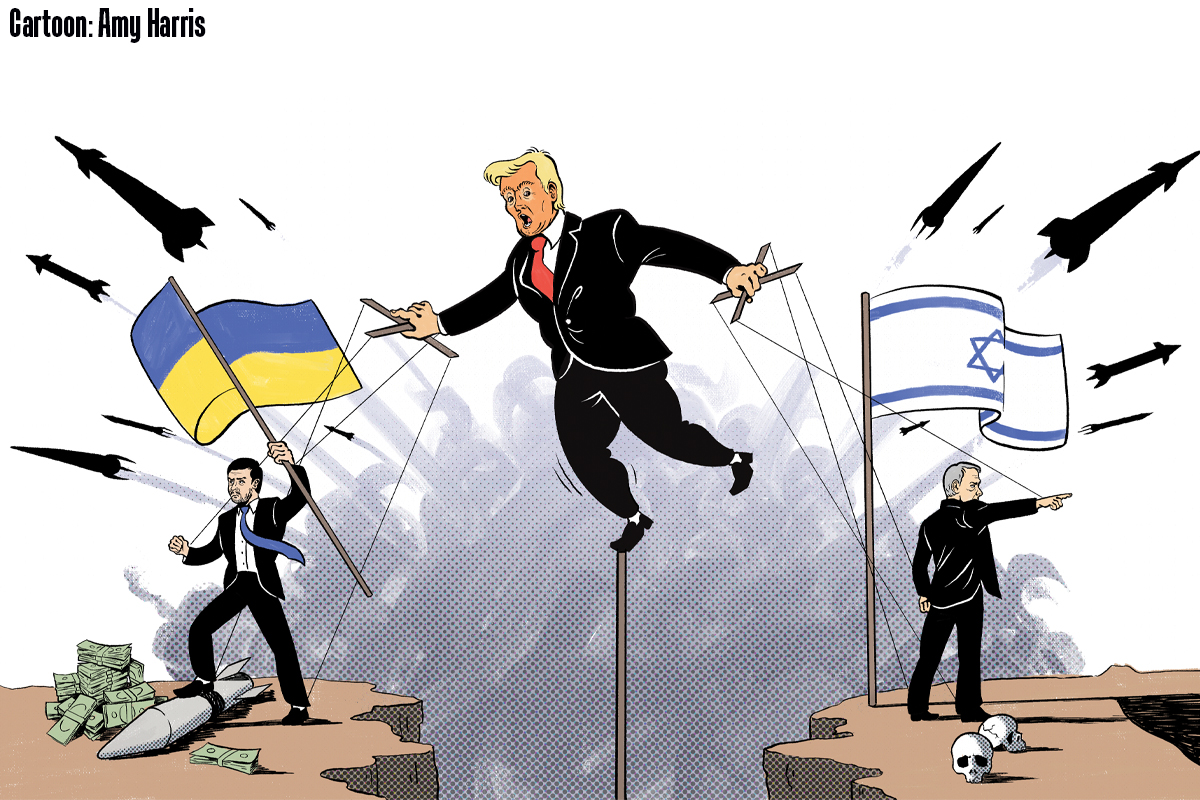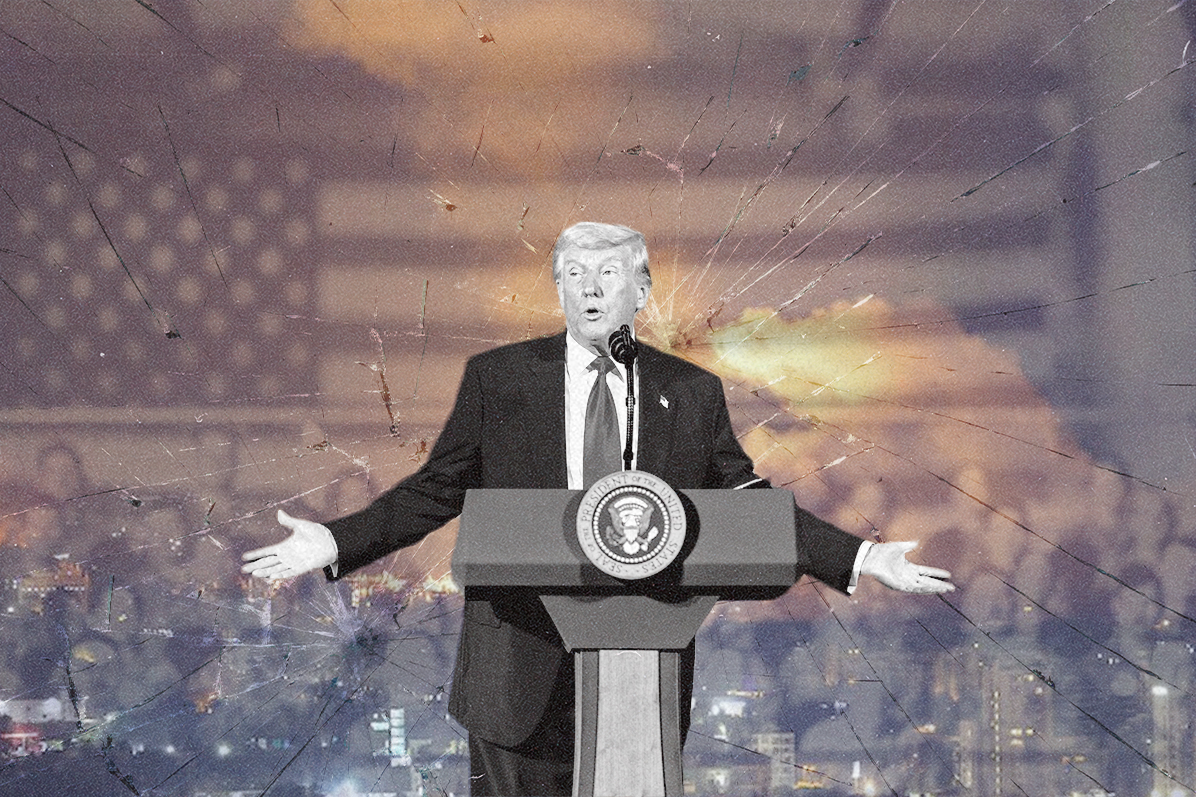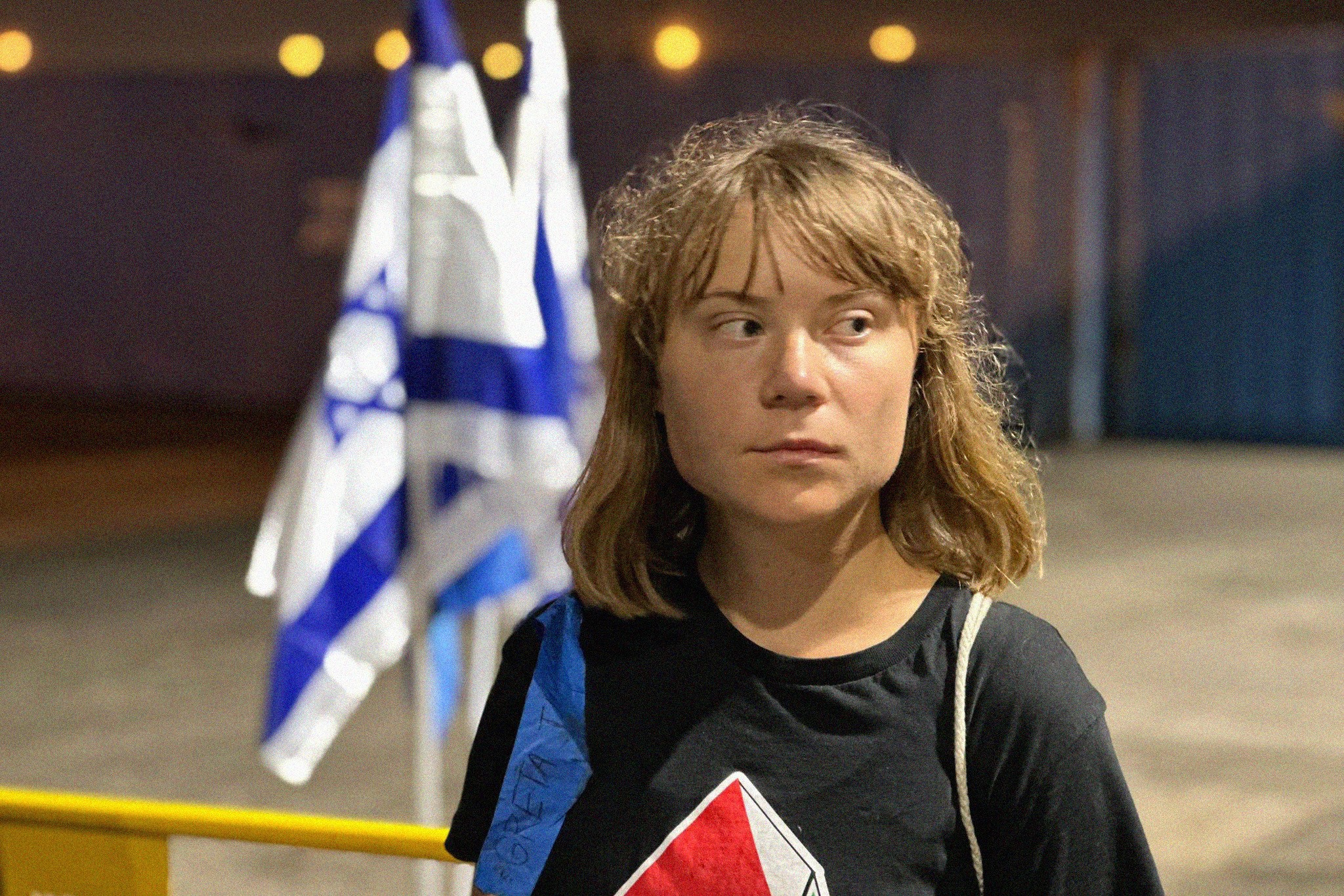The strike by 1.3 million public sector workers in South Africa has
entered its third week after angry union members rejected the latest
offer from the government.
The latest government offer of a 7.5% wage rise and an 800 rand
housing subsidy was still short of the demands of public sector workers
of an 8.6% wage increase and a 1000 rand housing subsidy. The offer
from the government was made only made after president Zuma came back
from a state trip to China. Worried that his own position was at stake
Zuma instructed Ministers, who previously had said that the 7% wage
offer could not be improven, to sit down with trade union leaders to
work out a solution to the deadlock.
The trade union leaders seemed inclined to accept the offer and
COSATU decided to suspend the threatened solidarity action which was
due to start September 2nd, which would have amounted to a
general strike. This was a sign of weakness and an indication that
trade union leaders, after having made a show of strength against Zuma,
were now prepared to come back to the fold of the Tripartite Alliance.
However they were not able to convince the rank and file union members.
“Members clearly are very angry, they are agitated,” said COSATU
general secretary Vavi. “At this moment members feel we must push”.
Sizwe Pamla, spokesperson for health workers union Nehawu, was
clearly not happy with the decision of its members to reject the offer.
On Thursday he declared that the union’s consultation with members
earlier this week was "flawed" and it would be taking the offer back to
its members over the next two days for a "more thorough engagement with
it". In other words, if you don’t like the result, repeat the vote!
The room for manouevre for union leaders was severely limited as
members of teachers’ union SADTU decisively voted against the new offer
in all of the country’s 9 regions. Explaining the mood of anger amongst
SADTU members, union president Thobile Ntola, said his members’
determination "not to compromise at all" was based on a "deep mistrust
of government … and the sense that government doesn’t respect us". He
said that the levers of power were being used to create a "dynasty
government where the president [Zuma] and his friends and family are
enriching themselves at the expense of workers and the poor. This is
creating anger among workers."
The rejection of the offer shows that this strike reflects a deep
seated discontent amongst workers with the whole conduct of the Zuma
government. Trade unionists feel that they played a key role in
removing former president Mbeki and replacing him with Zuma as a way of
getting an ANC government which would act in the benefit of the workers
and the poor. Now they feel that Zuma has not really delivered and are
taking industrial action to get decent wages and conditions.
It is now the responsibility of COSATU leaders to prepare the
general strike they agreed last week. Only through pressure did the
government increase its offer, but that was not enough. The conclusion
is clear: pressure needs to be stepped up, and a solidarity general
strike is the logical next step.
Meanwhile, 50,000 members of metal workers union NUMSA in the motor
sector were called out on strike on September 1, demanding amongst
other things a 20% wage increase and a reduction of the working week to
40 hours without lose of pay. Another 30,000 NUMSA members in the car
industry went back to work after a successful strike in which they got
a 10% wage increase. Members of mine workers union NUM were also on
strike at a number of different mines.
The government spokesperson was blunt: “there is no money”. The
argument is that if public sector workers are given more money, then
this will mean cuts in services for the poor. Unfortunately this
argument has also been accepted by the SACP leaders (many of whom sit
in government and in the ANC leadership). In their statement on the
strike they say:
“Unlike a private sector wage strike, where the battle is over how
to apportion surplus between profits and wages – in the public sector,
the budget is predetermined and adjustments mean reallocating out of
other priorities. Whether these other priorities are legitimate
priorities or not is a matter for debate, but it does mean that there
is a degree of inflexibility built into the process. “
This argument is false and the strikers have already replied to it:
there was plenty of money for the World Cup and the lavish expenditure
on the part of Ministers and government officials that was associated
to it, but not for the wages of workers who deliver basic services like
education and health care!
South Africa is not poor. As a matter of fact it is a country with a
massive wealth in minerals. The problem is that this wealth remains in
private hands. When the ANC Youth League has raised the issue of
nationalization of the mines, the SACP leaders, particularly Cronin,
have opposed the idea and engaged in a futile semantic debate over the
difference between “nationalization” and “socialization”. Call it
whatever you like, what is needed is the democratic control of the
country’s wealth by the working people who produce it, not a small
handful of unelected capitalists. This can only be done through
expropriation and it also means breaking the compromise that the ANC
leaders reached in 1994, the so-called “sunset clause” in the
Constitution, which protects private property.
This is the answer to the argument of Zuma’s ministers. There is
plenty of money; it is just in the wrong pockets, serving the interest
of a wealthy minority and not the interests of the majority of workers
and the poor. This is why the struggle for decent wages and conditions
in the public sector is linked to the struggle for decent housing, real
land reform, health care and education for all, etc. COSATU and SACP
leaders should pose the question clearly of the need to struggle for
socialism.

